SPQR: A History of Ancient Rome
by Mary Beard
SPQR traces the growth of an obscure Italian tribe from its beginnings to 212, when the Roman Empire stretched all around the Mediterranean and large chunks of Northern Europe too. This book is very readable but requires some background: it’s not an easy read if you know nothing about Ancient Rome or, to be more specific, what historians know about it.
Recommendations from our site
“We all love Mary Beard—she’s a bit of a goddess for the Classics department here. She’s done such a great job, I don’t want to say ‘in popularising classics’ because that implies it wasn’t already popular, but she’s certainly kept things relevant. She’s very good both on TV and in fiction and nonfiction at making classics pertinent to the modern day. I’ve seen her on the BBC current affairs programme Question Time a number of times, and she always brings in classical parallels. I think SPQR is a wonderful book. Ancient Roman history is so very dense and intricate that it can be difficult to teach and learn about. Mary Beard makes it accessible—and she goes through it all, from the early days right up until the present day.” Read more...
Commentary
The early history of Rome, the era of its fabled seven kings, is notoriously difficult to untangle. There are few, if any, contemporary sources. The whole story slides frustratingly away into legend, with the later Romans just as confused as we are about how an unremarkable town on a malarial swamp came to rule a vast empire. One way of handling this material might have been simply to have started later, when the historian’s footing among the sources becomes more secure. Instead Beard asked not how much truth could be excavated from the Romans’ stories about their deep past, but what it might mean that they told them. If the Romans believed their city had started with Romulus and Remus, with the rape of the Sabine women – in a welter, in other words, of fratricide and sexual violence – what can we learn about the tellers’ concerns, their preoccupations, their beliefs? According to Greg Woolf, “One of the things Mary has taught is to look at the window, not through it, because there isn’t really anything behind it.”
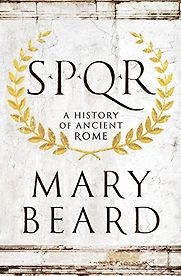
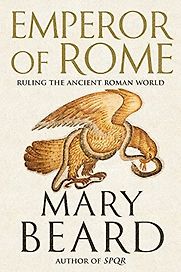
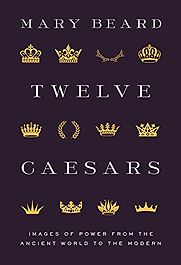
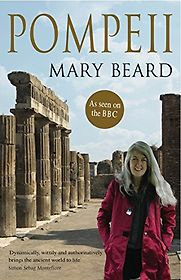
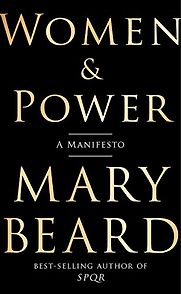
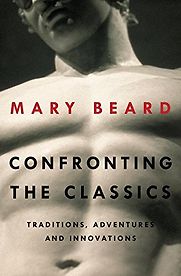
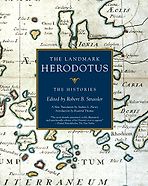


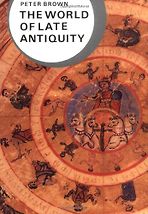
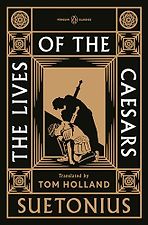
The book, according to the author